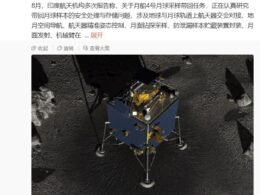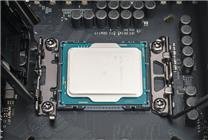Intel XPU Manager 1.3.3: Key Developments and Implications for Data Center GPU Users
Summary:
- Intel’s latest XPU Manager 1.3.3 version officially deprecates support for its data center GPU Max and Flex series.
- Users of these GPUs are recommended to revert to the previous XPU Manager 1.2 version.
- The update introduces new features but limits support to the Ruixuan Pro B60 GPU.
During the recent Intel Tech Tour, held in the U.S., Intel announced the release of its latest management and monitoring tool—XPU Manager version 1.3.3. This new iteration represents a significant shift in the company’s support for its data center GPU lineup, particularly affecting users of the Max and Flex series.
Overview of XPU Manager
XPU Manager is designed to facilitate management operations, enhance reliability, and maximize utilization for Intel’s data center GPUs. It provides users with a comprehensive command-line interface and various APIs that simplify GPU discovery, information reporting, and configuration management.
This tool empowers users to execute essential functions such as firmware updates, topology and grouping configurations, telemetry and health monitoring, and the adjustment of GPU policies. However, the introduction of version 1.3.3 comes with some critical changes that affect existing GPU infrastructure.
Deprecation of Max and Flex Series
With the rollout of XPU Manager 1.3.3, Intel has officially deemed its Max and Flex series GPUs obsolete. Users who have been relying on these models are strongly encouraged to switch back to XPU Manager version 1.2. This guidance raises concerns for organizations that have integrated these GPUs into their workflows, urging them to find alternative solutions or upgrade paths swiftly.
Supported Graphics Processors
As of now, the only graphics processor fully supported by the XPU Manager is the newly released Ruixuan Pro B60. Notably, while the Pro B50 has not been explicitly mentioned, it is anticipated to be supported, given its status as a new product.
New Features in XPU Manager 1.3.3
Alongside the discontinuation of support for the Max and Flex series, the 1.3.3 release introduces several important enhancements:
-
SR-IOV vGPU Command Support: This feature allows for better resource allocation among multiple virtual machines. It caters to workloads that demand significant graphical power, optimizing GPU performance in virtualized environments.
-
Power Limit Monitoring on Windows: This enhancement provides users with the ability to monitor GPU power usage effectively, aiding in energy-efficient operations.
- PCIe Gen4 Downgrade Options: This feature allows users to optimize compatibility and performance with various hardware configurations.
These updates are crucial not only for performance enhancement but also for assisting IT teams in managing resources efficiently and ensuring system stability.
Conclusion
As Intel navigates its strategic direction in the GPU market, the release of XPU Manager 1.3.3 is a landmark moment for data center users. While the enhancements provide an upgrade in functionality, the removal of support for popular GPU models poses challenges that must be addressed promptly by affected users. Transitioning to compatible hardware or software will be imperative for maintaining operational efficiency as Intel pivots its focus to newer technologies.
Intel’s decisions highlight a broader industry trend in which rapid advancements necessitate swift adaptations from users. As technology continues to evolve, staying informed and agile will be key to leveraging new solutions effectively.
For organizations currently utilizing Intel’s GPU technology, it is crucial to assess your systems and consider the implications of these updates on your operational strategies moving forward.






